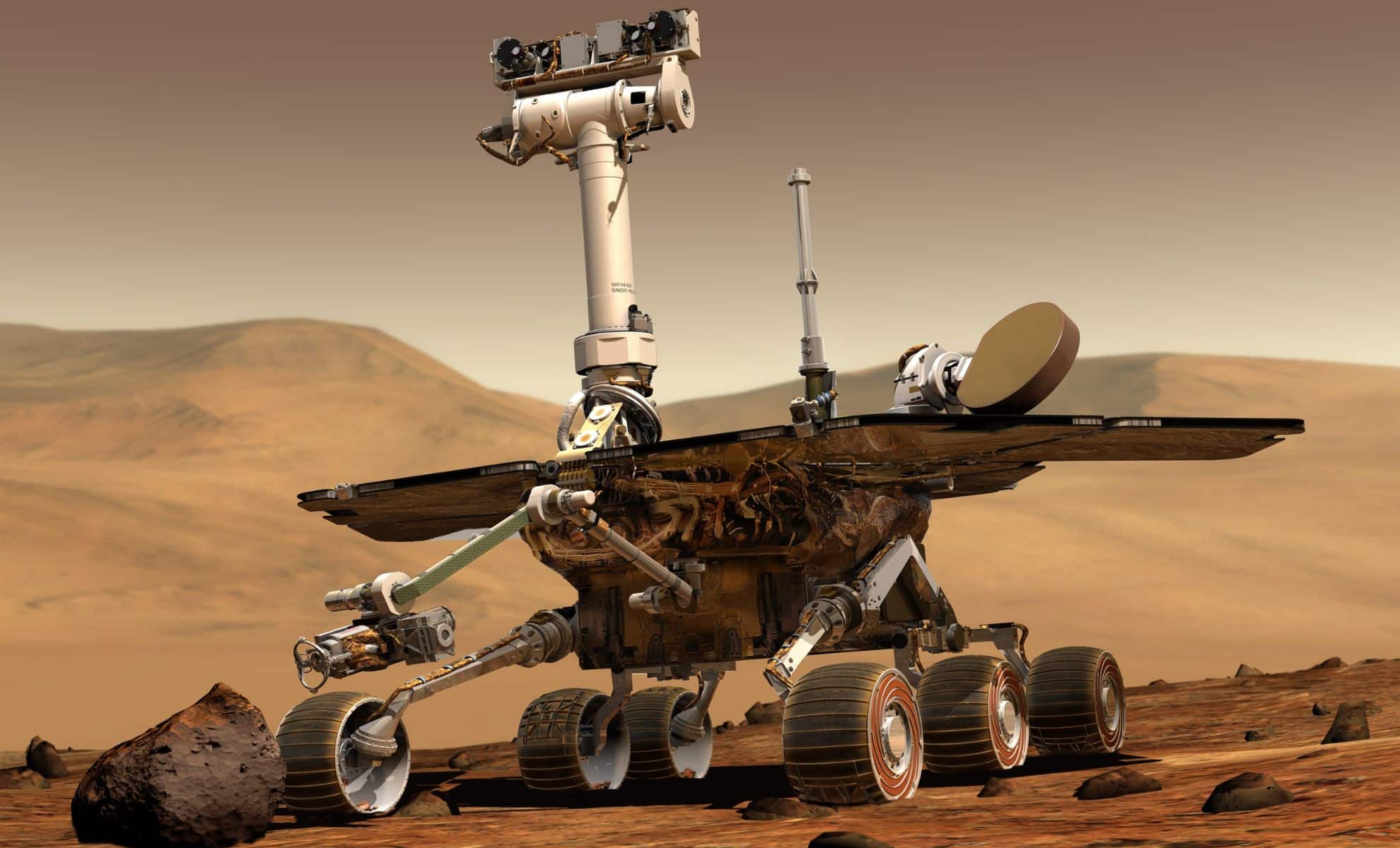A key instrument on NASA’s Perseverance Mars rover has been revived after six months of inactivity, renewing efforts to search for evidence of ancient microbial life on the Red Planet.
The development marks a major milestone in the rover’s mission, which is focused on exploring Jezero Crater, an area believed to have once hosted a lake and potentially habitable conditions.
The SHERLOC tool and its meaning
The SHERLOCK (Scanning Habitable Environments with Raman & Luminescence for Organics and Chemicals), mounted on the Perseverance robotic arm, was out of order due to a stuck lens cover. This protective cover, essential for maintaining the device’s functionality, immobilized the Martian dust. SHERLOCK is vital to the mission as it uses advanced spectroscopy to identify organic compounds and chemicals indicative of past life.
SHERLOCK’S capabilities are designed to detect signs of past microbial life by probing Martian rocks and soil for specific organic compounds. It uses Raman spectroscopy, which involves shining an ultraviolet (UV) laser on a target and analyzing the scattered light to identify molecular vibrations.
This helps reveal the chemical composition of the target material. In addition, fluorescence spectroscopy is used to detect organic compounds. When UV light shines on these organic substances, it excites their molecules, causing them to emit light of different wavelengths that SHERLOCK then collects and analyzes it.
Efforts to restore functionality
NASA engineers Jet Propulsion Laboratory (JPL) used several strategies to free the stuck lens hood. These included warming up the motor, reorienting the robotic arm, and even using the rover’s hammer drill. By March, the team had managed to open the cover for the SHERLOC Autofocus and Context Imager (ACI), freeing its field of view. The process required ingenuity and persistence, showcasing the technical expertise and problem-solving skills of the JPL team.
The team confirmed this in mid-June SHERLOCK was fully functional. Kyle Uckert, deputy principal investigator of SHERLOC at JPL, said: “The rover’s robotic arm is amazing. It can be controlled in small quarter-millimeter steps to help us evaluate the new SHERLOC focus position, and it can place SHERLOC with high accuracy on target.” This accuracy is key to the instrument’s ability to perform detailed analyzes of Martian rocks and soil.
Functionality and achievements
SHERLOCK’S functionality is now fully restored, allowing it to continue its mission of detecting potential biological signatures on Mars. The instrument’s advanced capabilities are critical to identifying the presence of organic compounds that could indicate past life. Since its activation, SHERLOCK has already made a significant contribution by finding evidence that the building blocks of life may have been present on Mars for a long time. This evidence is crucial to understanding the planet’s potential to support life in its ancient past.
The device uses Raman spectroscopy, which involves lighting ultraviolet (UV) laser on the target and analyzing the scattered light to identify molecular vibrations and chemical composition. In addition, it uses fluorescence spectroscopy to detect organic compounds that emit light at different wavelengths when excited. UV light. These capabilities are essential for identifying potential biological signatures.
Current status and future prospects
Persistence that landed Crater Lake in February 2021, it is in the later stages of its fourth science campaign. The rover is currently exploring the area along the inner edge of Lake Jezero for evidence of carbonate and olivine deposits. These findings could provide further insight into the planet’s past habitability. Successful revival of SHERLOC ensures that Perseverance can continue its mission to explore the ancient Martian environment for signs of past life, significantly advancing our understanding Red planet.
The objective of the mission is to collect core samples Martian rock and soil, which could be returned to Earth by future missions for detailed analysis. These samples are expected to provide a wealth of information about the geological history of Mars and its potential to support life. Continued operation of SHERLOC is critical to selecting the most promising samples for return to Earth.
Successful recovery SHERLOCK ensures that Perseverance can continue its mission to probe the ancient Martian environment for signs of past life, significantly advancing our understanding of the Red Planet. As the rover progresses through its mission, the data collected SHERLOCK and other instruments will be invaluable to future Mars exploration efforts and pave the way for potential human missions to the Red Planet.
